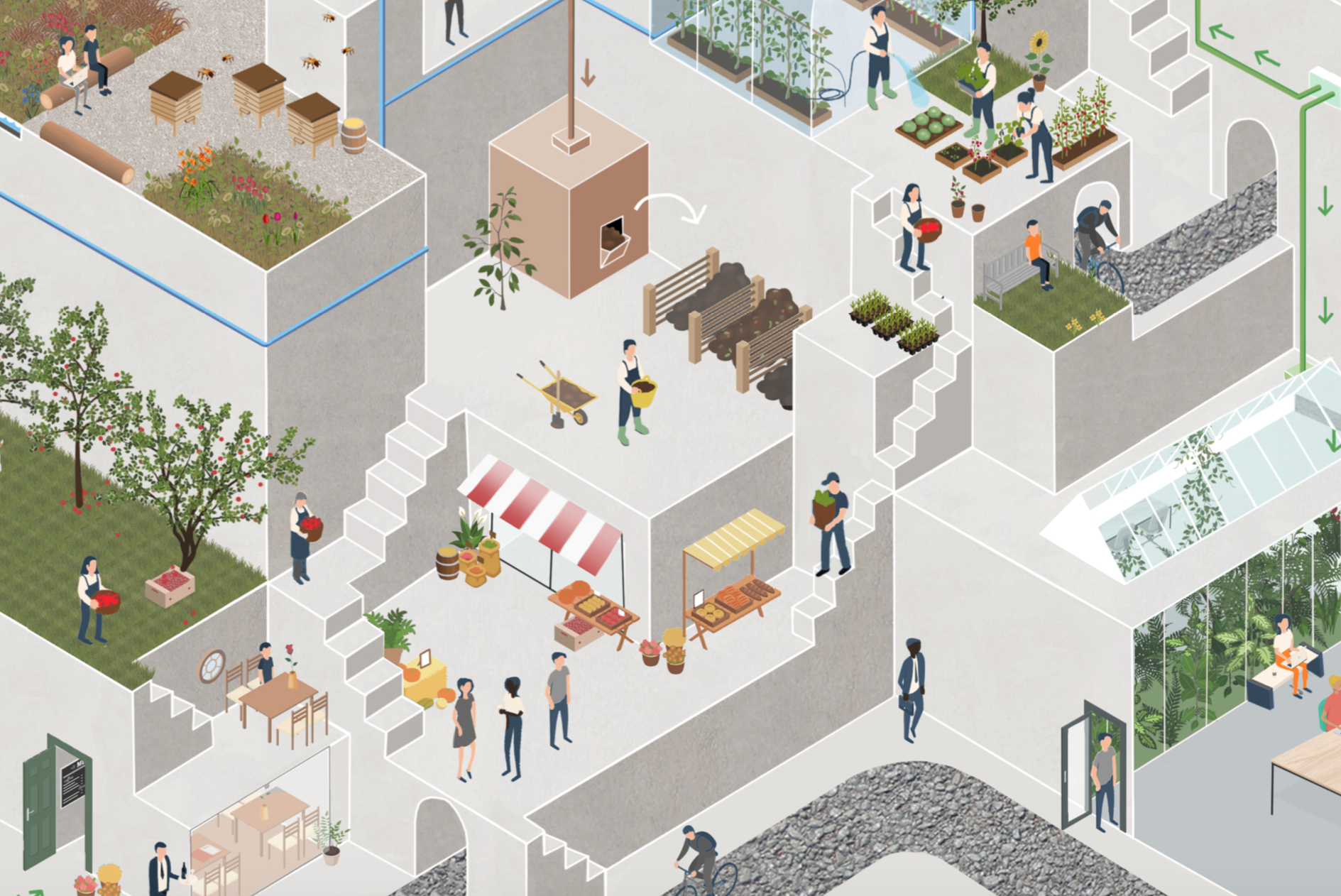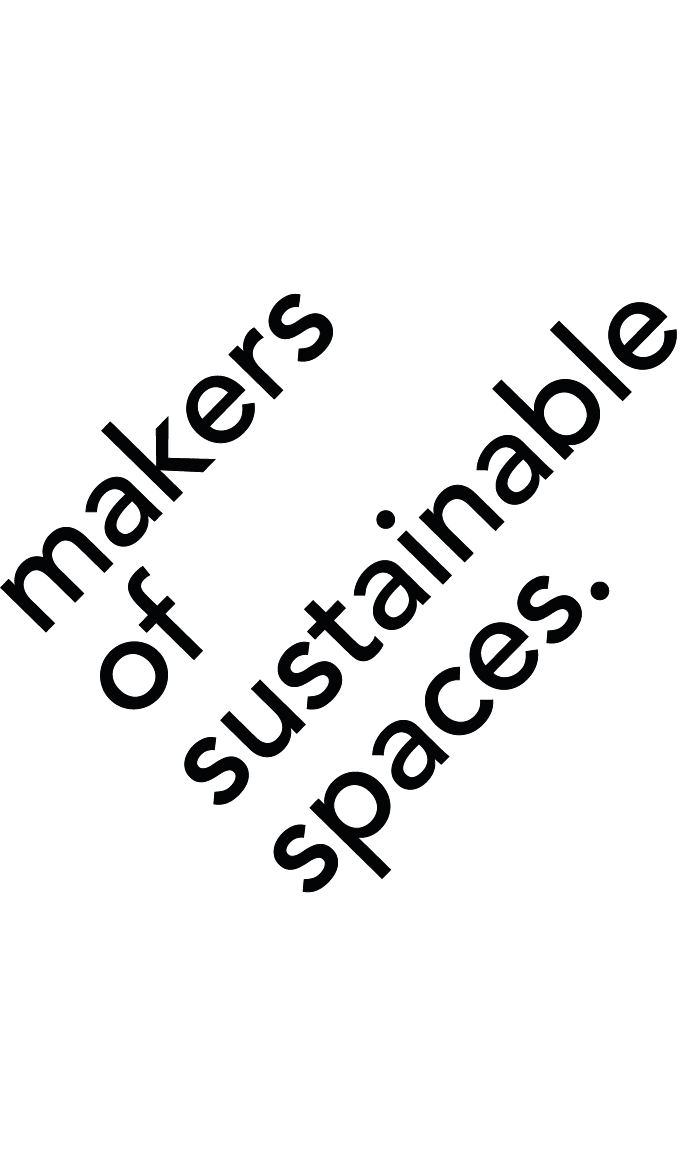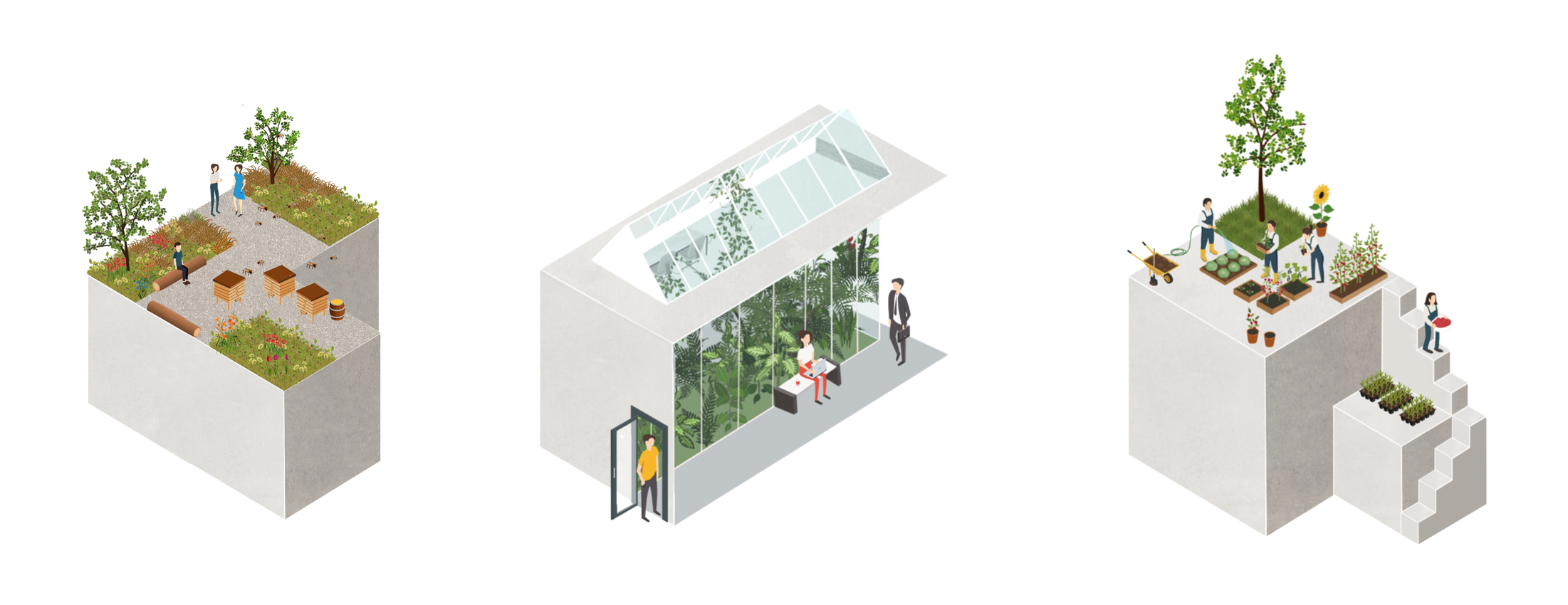

15 Oct Is there a Perfect ‘Green’ Building?
by Tessa Duste
As cities face demographic, climate and technological challenges, how can we create a resilient urban living environment that ensures a good quality of life? More specifically, is there ‘one’ type of building that satisfies all of our needs yet sustains a healthy and balanced city landscape? If so, what does it look like and how does it work?
Let us find out which green elements are important and how we can implement them as soon and as efficient as possible.
THE FIVE MAIN ELEMENTS OF A GREEN BUILDING
Architecture teaches us that there are four main elements of a green building: materials, energy, water and health.
- Materials; Using the Life Cycle Analysis (LCA), the sustainability of materials are assessed on their durability, embodied energy, recycled content, waste minimization and their ability to be reused and recycled.
- Energy; Making use of smart energy sources and insulation is just one step towards green buildings, also designing a building that makes use of smart design choices, like passive solar design, tend to reduce the building’s electricity needs.
- Water; By harvesting, storing and managing water once it falls from the sky, we can conserve our most elemental resource.
- Health; By using non-toxic materials that improve indoor air quality, we can reduce symptoms of the sick building syndrome.
As much as we agree with these four primary elements of green buildings, we’d like to bring your attention to one more -plants!
5. Plants; Integrating living green in and on top of buildings benefits people’s physical and mental health, subjective well-being, concentration and plants have the tendency to bring people together. Plants can serve as ‘the green lungs’ of the buildings.
Implementing plants within our build environment does not only benefit the building and its people inside, but also the city in a whole. Next we will reflect on the systems of a ‘perfect green building’, how does it function and how do we bring this into practice?
Special note: Until now, in most ‘green building’ certificates like BREEAM, the actual use of plants is not a category developers or architects can ‘earn points’ with. In our opinion, a building does not earn the stamp of sustainability without biophilic design and living green.
THREE LESSONS FROM NATURE
Describing a building that can be named ‘optimal’ is challenging. Optimization is time sensitive and solutions are also subject to external factors and internal behaviors. That is why we started looking at ‘systems’ rather than ‘objects’.
By describing an optimal system, we take our learnings from mother nature. The natural world is the master of eco-systems that work, based on billions of years of evolution. What it comes down to is this: if a particular organism does not fit the system, it will be beaten by its stronger sibling, creating a better system over time.
Mother Nature teaches us some principles:
Lesson 1: Alone you will not thrive. A long term balance can only be created when two different organisms interact in a way that benefits both of them. In our designs we should strive for symbiosis.
An example of symbiosis in nature is the relationship between the Euglossine bee and the Brazil nut tree. The Euglossine bees (most often the females) are the only creatures regularly able to gain entrance to the Brazil nut tree’s flowers, which have lids on them. The bees enter to feed on nectar, and in the process they pollinate the flower, which is necessary to initiate the production of nuts by the tree. (Source)
Lesson 2: The end of one’s life, is the start of another. Transience from one life form to another is the fuel of existence, because did you know that nature has no waste? In our closed-loop systems we should take the principles of circularity as a starting point.
When plants and animals die in nature, they become food for decomposers like bacteria, fungi and earthworms. Decomposers or saprotrophs recycle dead plants and animals into chemical nutrients like carbon and nitrogen that are released back into the soil, air and water. Earthworms take in nutrients from microorganisms in the material they ingest. They then excrete wastes in the form of casts. Casts are rich in nutrients like nitrogen, phosphorus, and potash. In addition to breaking down organic materials and adding nutrients to the soil, earthworms also help loosen the soil so air can circulate, which helps plants grow. (Source)
Lesson 3: Everything is in balance. Nature does not take more than it needs. In designing the future city environments the systems need to be designed in a way everyone gets what it needs (but not always what it wants).
Using these three lessons of nature and understanding the basics of ‘an optimal green building’ it is clear to understand that there is no such thing as one perfect building. As all is part of a bigger eco-system, generally you can say that: this building is part of a group of buildings, these buildings belong to a community and together they form a city.
THE ELEVEN GREEN BLOCKS TO BUILD A THRIVING COMMUNITY
To create a resilient urban future we can not just look at the elements of green architecture, we also need to look at the other basic needs of society; like food, physical activity and social relations. If these elements are not sustained as well, a contemporary community will never be resilient enough to thrive.
Think along: In history our houses and other buildings were built with society in mind and were part of our larger societal plans. But as cities grew and ownership privatized, we started to design buildings as solitary units. So how do we implement the 3 lessons of nature (symbiosis, circularity and balance) in a city environment based on singularity?
These graphics show ten building blocks that can be implemented to build a thriving community. In short they are all about connecting the basic needs of society (food, physical activity and social relations) and the basic needs of a green building (materials, water, energy, health and green). By implementing one or more of these in our communities, we are slowly turning our cities into thriving green eco-systems. Just like mother nature intended!
- Patches of green (covered mostly indigenous plants) on unused surfaces in the city environment, like rooftops, attract wildlife and thereby stimulate biodiversity.
- Indoor ‘zen’ gardens in our office spaces let people work in a biophilic environment to increase concentration & happiness. (Check out our project, Joolz)
- A central community garden brings people together. It produces food while connecting urbanites to their nutrition.


- An indoor farm for efficient food production within the built environment uses only water and energy to produce food locally. (Check out our project The Greenhouse)
- A small marketplace where locally produced food is sold for the community can be a social and inspiring place!
- Left over heat that comes from the indoor farm is used to climatize a building or outdoor patches of food production.


- Rainwater is collected and stored in big tanks for later use. Grey water can be filtered and used for watering the gardens, flushing toilets etc.
- Smart control systems link weather data to the water storage within the community (with a lot of incoming rain, the storage should be empty to relieve the sewage system).
- Generating energy from sustainable and renewable sources is used to generate power for the community to grow food, warm up houses and workplaces etc.


- Waste (food / coffee / human waste) is composted to create nutritious material to nurture plants.
- Green can cool down cities and in this way lower the impact of the Urban Heat Island effect.
These eleven building blocks work most efficiently in connection with each other, as the output of one can be the input of the other. This circle of (re-)production is the ultimate goal, but we all know that in most building situations we do not have ‘carte blanche’. That is why we should use these ultimate green building blocks as inspiration and as a guideline for our future ventures.
CONCLUSION
To sum it all up, there is no such thing as ‘one’ perfect green building. First of all because there are too many external factors and internal behaviors that have an effect on the possibilities of integrating all of the green solutions. Secondly, because all buildings depend on each other to create a true and lasting impact.
The optimal green building is actually a collection of systems within a community that are interconnected. These systems connect the basic needs of society and those of a green building. Plants are a vital part for the health of a community and must not be forgotten in the architecture of our current and future cities.
Lastly, Mother Nature lends us a wonderful inspiration of living eco-systems in which plants and animals thrive together in a delicate balance. If people want to be part of this long-lasting eco-system, we should learn from it and implement her lessons wisely!



